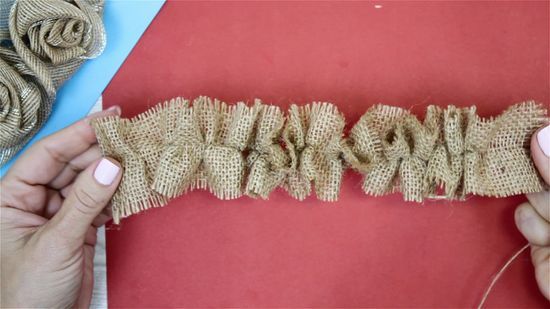How to Breed Feeder Roaches

Breeding feeder roaches can be a cost-effective and sustainable method to provide a healthy food source for your pet reptiles and amphibians. The process may seem intimidating, but with proper care and maintenance, you can turn a roach colony into a thriving food source. In this article, we will cover how to breed feeder roaches step by step.
1. Choose Your Roach Species
The first step in breeding feeder roaches is deciding on the species you’d like to work with. The most popular species for breeding purposes are the Dubia roach (Blaptica dubia) and the Madagascar Hissing Cockroach (Gromphadorhina portentosa). Both offer a high protein content and are easy to breed.
2. Set Up the Enclosure
Next, you’ll need to set up a proper living environment for your feeder roaches. This includes choosing an appropriately-sized container (such as a plastic storage tub or a large glass aquarium), providing proper ventilation (by using mesh screens or drilling holes), and maintaining an appropriate temperature (around 80-90°F).
Add egg crates or cardboard tubes as hiding spaces for the insects and use a substrate like coco coir or peat moss to retain moisture.
3. Provide Food and Water
Feeder roaches require a balanced diet to ensure they are healthy for your pets to consume. Offer them a protein-rich food source, such as high-quality dry dog food or chicken feed, supplemented with fresh fruits and vegetables that provide essential vitamins and minerals.
For water, use a shallow dish filled with water gel crystals or provide slices of fruits and vegetables with high water content (such as cucumber and watermelon) to keep them hydrated.
4. Introduce Roaches and Maintain the Population
Begin your colony by introducing both male and female roaches into the enclosure. A 3:1 ratio of females to males is ideal to maximize breeding success. Once you’ve set up the environment, maintain proper temperature, humidity, and food sources for your roaches. Regularly check on them and remove any dead individuals or moldy food.
5. Collect and Separate Babies
Keep an eye on your adult roaches as they produce offspring (called nymphs). Separate the nymphs from the main enclosure and provide them with a warm, moist environment, following similar care guidelines as adults. This will help them grow and thrive quickly to become a valuable food source for your pets.
6. Harvest Roaches for Feeding
Once you have sufficient numbers of feeder roaches, start feeding the appropriate sizes to your reptiles and amphibians. Maintain a cycle by harvesting small quantities of roaches while maintaining adequate population size in your colony.
7. Regular Cleaning and Maintenance
Keep your feeder roach enclosure clean by regularly removing uneaten food, dead insects, and frass (roach droppings). Replace soiled substrate as needed and sanitize the enclosure occasionally using a mild bleach solution or pet-safe disinfectant.
In conclusion, breeding feeder roaches can be an excellent way to provide quality nutrition for your reptiles and amphibians while saving on costs. With proper care and management, you’ll soon have a thriving colony to meet your pets’ dietary needs.






